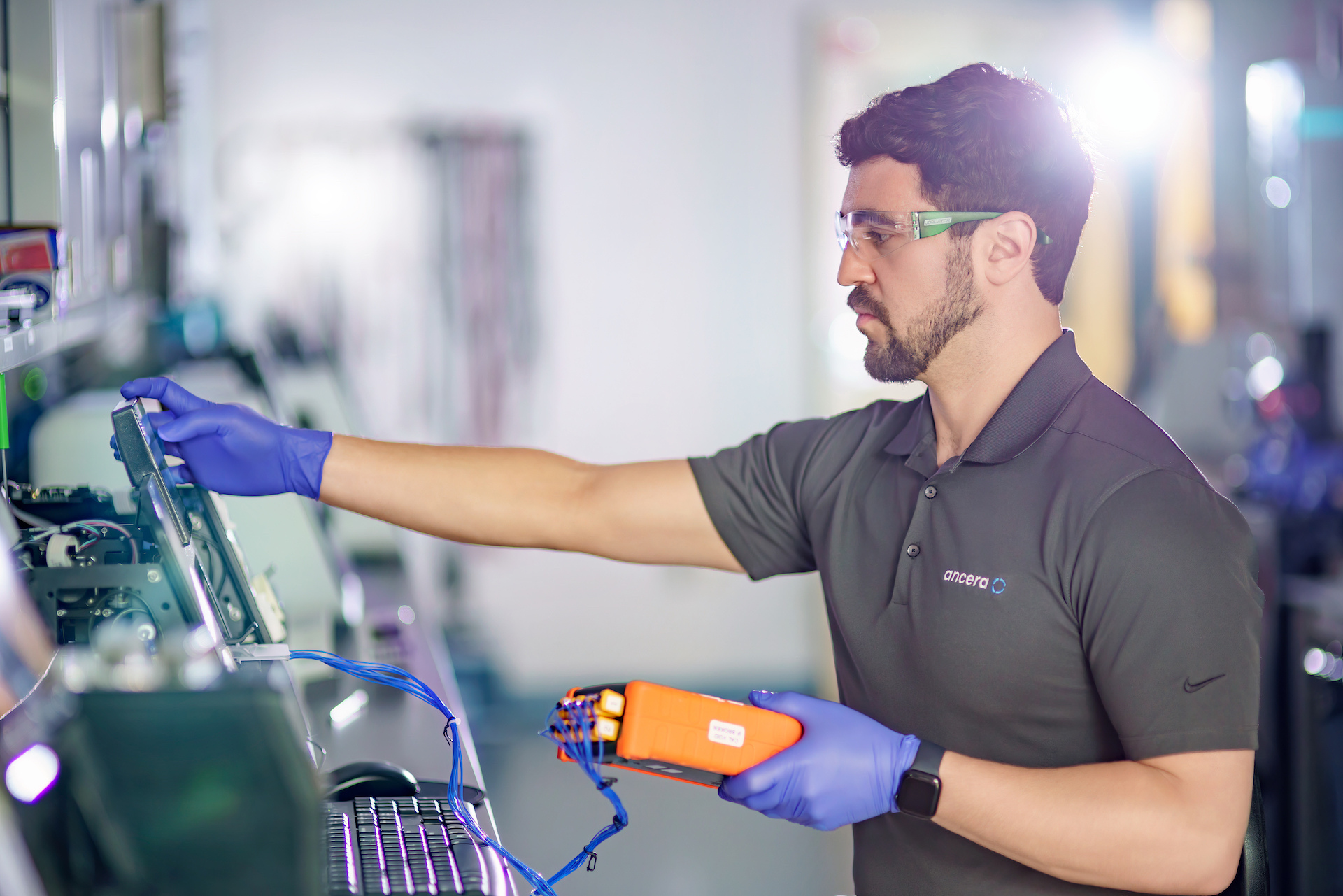In the poultry industry, margins are razor-thin, and every penny spent needs to pull its weight. For too long, poultry companies have leaned on diagnostics and contract labs as a crutch, ticking compliance boxes and relying on gut instinct to make important decisions. But outdated tools and guesswork does not make for a reliable strategy, and more tests aren’t the answer.

Publication
Why Paired House Trials Fail
The field trial is a crucial technique in the poultry industry for evaluating new products and management practices. However, traditional paired house trials often fall short in delivering representative and scientifically valid results.
Here are the top reasons why pair house trials fail to accurately measure effects in the real world:
1. Cherry-Picking Bias
When comparing one thing to another, one will always appear better, even if managed as similarly as possible. This inherent bias skews results and reduces reliability. In paired house trials, the slight differences in management or environmental conditions between two houses can lead to one being perceived as superior, even if the products or treatments being tested are actually equally effective. This bias is often subtle but significant enough to render the trial outcomes questionable.

2. Lack of Expertise
Paired house trials are often conducted by live operations practitioners without the full support and staffing of data scientists, trained researchers, and state-of-the-art laboratories. While these practitioners have extensive practical experience, they may lack a statistical or research background. This gap can lead to poorly designed trials, improper data collection, and misinterpretation of results, ultimately compromising the study's validity.
3. Power Analysis Neglect
Many fail to perform a power analysis to determine the minimum sample size need to predict the likelihood of achieving a statistically significant outcome. Even when done, the results are often ignored, compromising the trial's validity. Power analysis is essential for determining the sample size of a study – ensuring both a statistically valid yet financially feasible experiment. Without it, trials may be underpowered, meaning they do not have enough subjects to detect a true effect, leading to false negatives or inconclusive results.
4. Insufficient Sensitivity
Paired house tests try to measure a small feed-conversion ratio (FCR) effect (e.g., one point) in systems with normal variation exceeding ten points, making it nearly impossible to detect meaningful differences. FCR is a critical metric in poultry production, but its natural variability can overshadow the effects of the intervention being tested. Small, subtle improvements can be easily lost in the noise of normal fluctuations, rendering the trial ineffective in demonstrating significant benefits.
5. Murphy's Law in Action
Murphy's Law—anything that can go wrong, will go wrong—applies to field trials as well. Trials introduce logistical complexities and errors such as mixed-up feed deliveries occur, often unnoticed, further contaminating trial results. Such mistakes are often difficult to detect and correct, leading to compromised data integrity and unreliable conclusions.
The Case for Data-Driven Field Trials
Paired house trials, while traditional and widely used, contain several challenges that can undermine their effectiveness. The inherent biases, lack of scientific expertise, neglect of power analysis, insufficient sensitivity to detect small effects, and unpredictable logistical issues all contribute to their failure in providing reliable and valid results. To overcome these challenges, the poultry industry needs to adopt more sophisticated and scientifically rigorous methods for conducting field trials. By leveraging advanced data science techniques and robust experimental designs, we can achieve more accurate and meaningful insights, driving innovation and improvement in poultry production.
Learn how you can improve trial design, costs, and outcomes with Ancera’s interactive Trial Simulator.










.png)






























